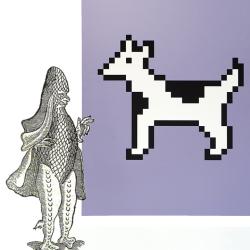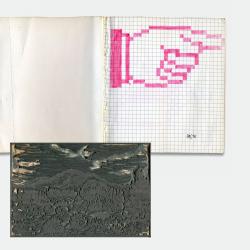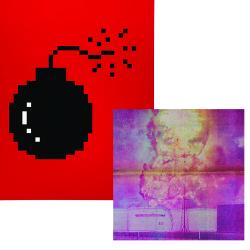PINGPONG#8: images editing
The fougeadoire
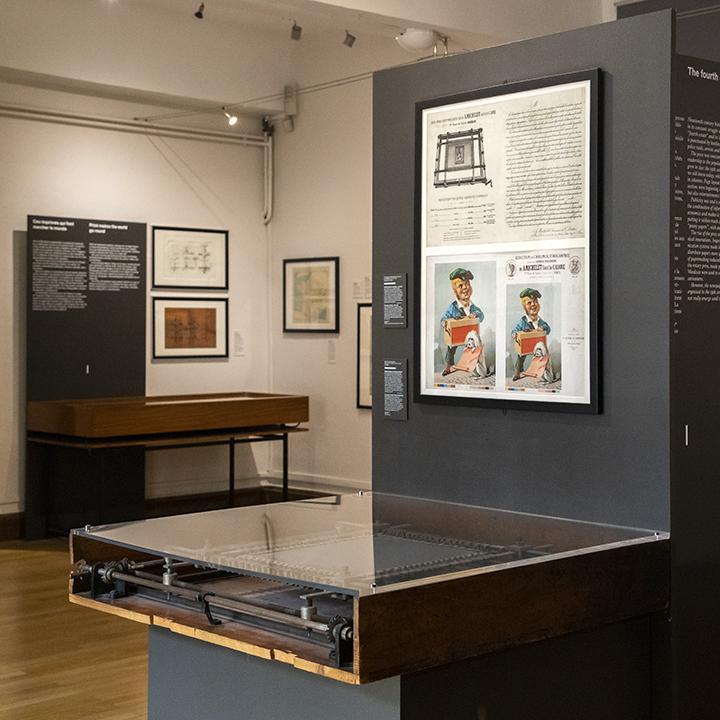
This is not a trampoline but a Fougeadoire machine (from its inventor’s name Auguste Fougeadoire). Such a device was used to re-size image. The Fougeadoire machine, patented in 1889, uses a rubber sheet. The lithographic impression is transferred to the rubber, which is then stretched to increase the size, or slackened to reduce it, by a system of screws. Distortions could be obtained by changing only one dimension. The maximum enlargement was 50%.
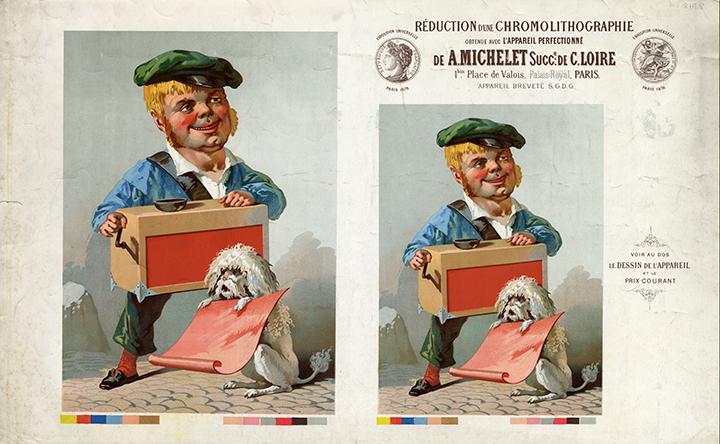
The picture (in twelve colours) was produced in two sizes. The process should be repeated for each colour, giving rise to all sorts of risks of poor registration and paper deformation. What takes a few seconds today, with suitable software, could occupy highly qualified professionals for many hours.
MacPaint
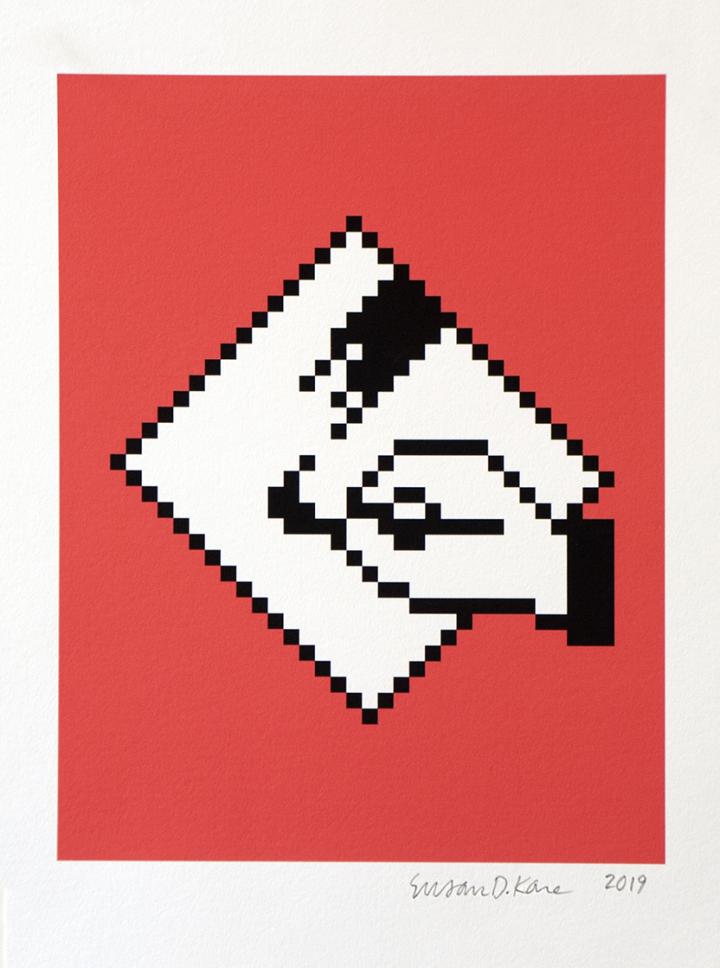
MacPaint shares its part in the graphic revolution led by the launch of the Macintosh in 1984. For the first time, one could create a digital drawing in a software and used it in another software such as MacWrite. Bill Atkinson developed the software and Susan Kare realised the graphic design. She invented many icons for each effect, some of which would be used in every drawing softwares as Photoshop or Paint.
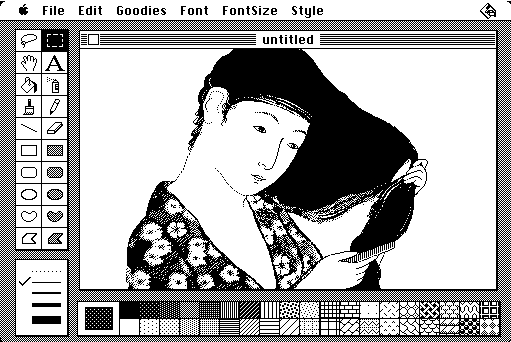
For MacPaint’s user guide, Susan Kare copied a Japanese woodblock print that belonged to Steve Jobs and which Bill Atkinson had just scanned (he was working on the scan software at the time). Doing so would show the creative potential of MacPaint.
